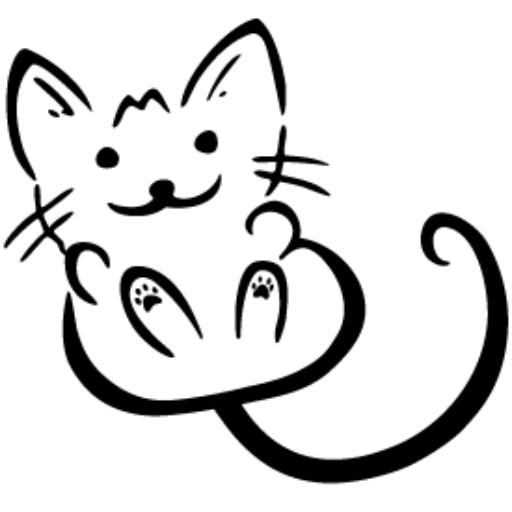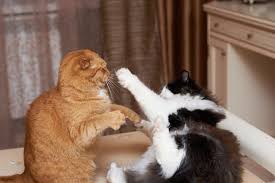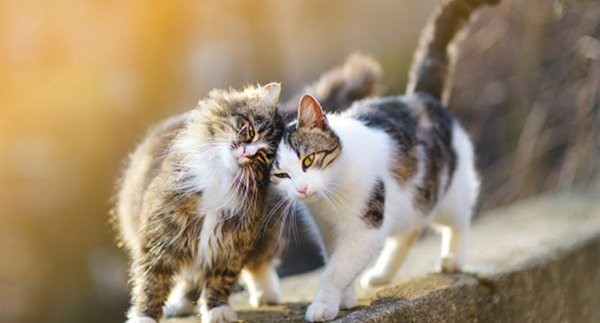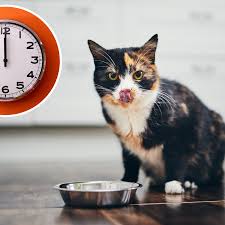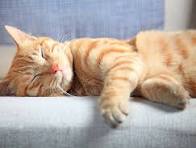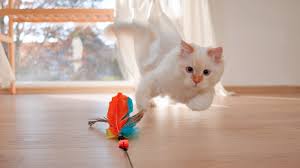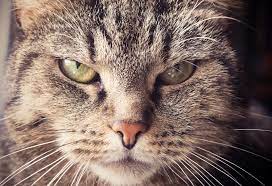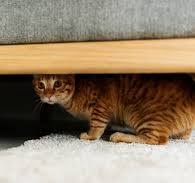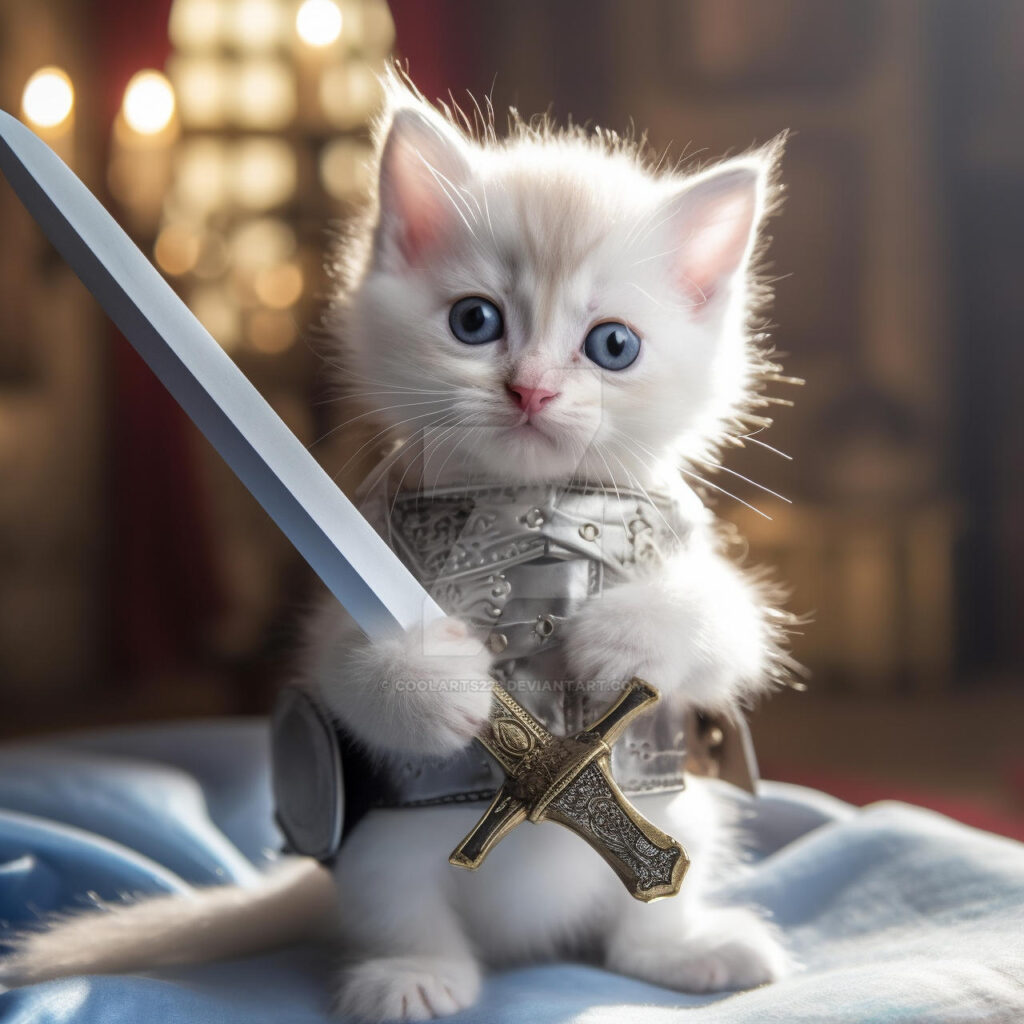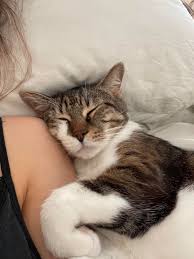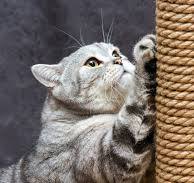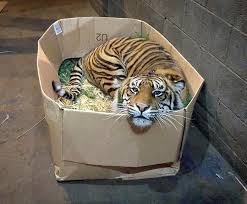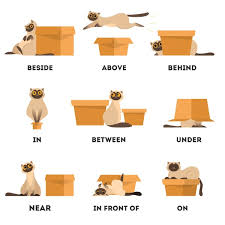Here are some quick tips for things you can do to help both yourself and your cat to be happier and more relaxed. While some of these don’t seem to directly affect you and your cat bonding. A cat that is relaxed in his environment will be far happier and easier to live with. Enriching your cat’s life isn’t just about the latest toys.
Keep your food and water bowls separate. While it does seem logical to us humans to put the water and food right next to each other. Cats don’t like to eat their “prey” near their water source. It presents the possibility of contamination. Cats also quite often prefer their water not to be stagnant. A source of water that is moving, as in a cat water fountain, is preferred by some. However, if you do go this route, it is important to also have a source of still water so your kitty has the opportunity if that appeals to them.
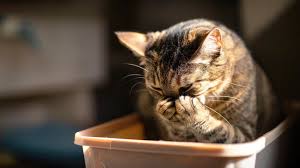
Use unscented litter. Cat’s sense of smell is much more sensitive than humans. Cats have around 200 million odor sensors in their noses, while humans have only about 5 million. This makes a cat’s sense of smell about 14 times better than a human’s! Scented litters are quite often too much for a cat’s nose. What is best for cats is an odorless, dust free litter that is also soft to step into. Cleaning the box regularly with just soap and water will help to keep the box from smelling like an outhouse to your cat.
Have multiple litter boxes. Even if you only have one cat, multiple litter boxes will help to keep elimination problems to a minimum. Consider how it is for you to have to go a long way when you have to go. Keep a box on each level of your home in and not so difficult places to get to. Also, some cats prefer separate boxes for urine and feces.
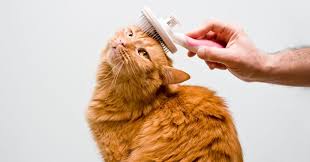
Have regular grooming sessions. Lots of cats love to be brushed and this can add to your bond with your feline friend. It also has the added benefit of reducing hairballs and helping you to know your cat’s body well, allowing for early detection of injuries or changes you may want to check with your veterinarian about.
Turn your carrier into a cozy cat hideout. Getting the cat into a carrier is a big issue for many cat owners, causing a whole lot of stress for both you and your cat. You can use a cat’s desire to hide to your advantage. Keep the carrier out in a well used area of the house, such as the living room. Use comfy blankets to create a cozy cave for her to hide in. Add some toys and she will consider it a great place to be. If she is reluctant to enter you can use treats or a wand toy to entice her. You won’t need to chase her around the house every time you need to get to the vet, or worse, totally lose her to hiding and have to cancel your appointment altogether. This can also reduce stress at vet visits because her safe and relaxing space goes right along with her.
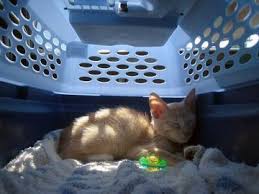
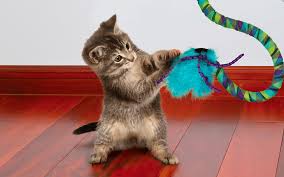
Schedule regular play sessions. Cats like to have a predictable world. Most owners do have regular feeding times, but adding in regular playtimes is a great way to help his world be more predictable. It also increases your chances of playing with him, strengthening your bond. Remember that your cat does love to interact with you!
Create a warm and cozy spot. We all know cats like to lounge in a sunny window! Cats prefer warmer temperatures than we do and since you are not going to keep your house at 80 degrees, you can create a nice spot for your cat by placing blankets or a bed near a source of heat, such as a vent or fireplace.

Think vertical. We tend to set up our living spaces with all the furniture on the floor. Cats like to climb and can feel safer up high. Cat trees or shelves or perches up on the walls will create a happy dimension for your friend, as well as provide them with a safe space from which to view the world.

Music! Putting on some relaxing music, especially while you are out, will help your cat to be less anxious. Studies show that relaxing music can reduce a cat’s heart rate.
Learn to speak cat. Cats blink slowly and languidly while they are content and relaxed, if you return the slow blink you are communicating your love back to her in her own language. Cats accept our slow blinking as a signal to be relaxed in our presence. And increasing your understanding of cat body language can help you to know what your cat needs.
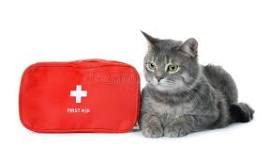
Know how to help your cat if an injury occurs. Be familiar with pet first aid and CPR so you can be a help to your friend if the worst should occur. This can not only potentially save your cat’s life, but will increase your confidence and relaxation in an emergency situation. Keep important phone numbers close by, such as your veterinarian and ASPCA’s Animal Poison Control Center (888-426-4435).
Teach your cat to work with you. Cats are often thought of a being uncooperative or uninterested in working with you. But this just isn’t true. Use some yummy treats, petting, or play with a favorite toy to help your cat learn that cooperation can benefit him too. They can be taught to scratch in appropriate places or to sit on the floor rather than the counter while you prepare food.
